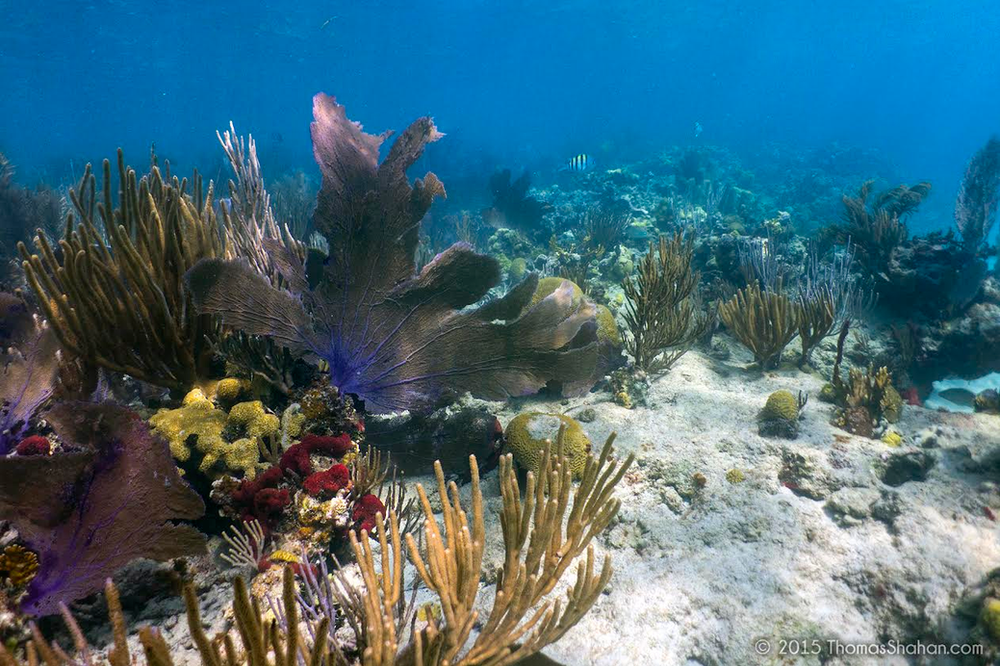
---
Marine biologists, utilizing 3D printers, decided to color barren coral reefs to entice fish and rejuvenate them, as reported by El País.
These printers facilitated the decoration of reefs devastated by hurricanes Irma and Maria with shades of blue, yellow, and a fundamental bright white, tones that are seldom observed on a natural reef.
In Puerto Rico, scientists are deploying thousands of artificial corals made from cornstarch via 3D printers to help restore reefs in the waters surrounding the island. Researchers from the Marine Environment Society have already set up over 10,000 artificial corals around the offshore island municipality of Culebra, where coral life was heavily impacted by Irma and Maria in 2017. The island is well-known among visitors for its stunning beaches and trips to view vibrant reefs, which have been significantly affected by coral bleaching intensified by climate change, according to El País.
The printed corals are no larger than 60 centimeters, which differentiates this initiative, launched in 2021, from others that have employed 3D printers where the structures typically resemble the size of a moving box. The aim is to draw in fish and other organisms to expedite the rejuvenation of the reef, quicker than natural corals that can take up to a year to develop enough to serve as an adequate habitat for marine life.
Currently, artificial corals are located in specific areas of Culebra, such as Punta Tampico and Punta de Maguey, two breathtaking paradises, according to El País.
For project lead investigator Alex Mercado Molina and his colleague Samuel Suleimán Ramos, the vision was to faithfully recreate the coral environment that thrived prior to the devastation wrought by the hurricanes, as stated by El País.
“Since we introduced the artificial corals, the reef’s biodiversity has risen,” noted Mercado Molina, who is also a professor at the University of Puerto Rico in Bayamón. “It’s not merely attracting more fish; it’s drawing a wider variety of fish.”
The team assessed the reef ecosystem under various conditions and discovered a notable increase when natural and artificial corals were transplanted together.
The vividly colored corals piqued the fish’s interest.
Edwin Hernández Delgado, the researcher responsible for monitoring the fish in this endeavor, reported that the fish population more than doubled following the transplantation of artificial corals.
